Alejandro is an Assistant Teaching Professor of Photography, and the head of the Photography program at Rutgers University, Camden. He is a visual artist who divides his time between New York City, Philadelphia, and Galicia, Spain. In Galicia, Alejandro is working on a long-term project related to memory, which aims to explore the intersection of personal and collective memory in the context of cultural and historical narratives. His work has been displayed in international exhibitions alongside artists such as Ai Weiwei, Huma Bhabha, Tom Friedman, and other emerging and contemporary artists.

In addition to his studio practice, Alejandro has presented part of his photographic research on AI generative technologies. This research explores the interaction of assumed perceptual attributes with new AI-generated images integrated into all aspects of image-making, aiming to contribute to a multi-layered critical interpretation of current issues of interpretation coexisting with established ways of seeing. His scholarly focus spans from the 18th-century Enlightenment to the late 20th century, specializing in the emergence of minimalism, postminimalism/anti-form conceptual art, and neo-geo/pictures generation and their impact on the contemporary art market in the 21st century.
Alejandro is finalizing his doctoral dissertation on Hudson, the owner of the gallery Feature Inc., who was Alejandro’s mentor and friend in his early years in New York City. Hudson’s invitation for Alejandro to work at Feature Inc. led him to permanently relocate to the United States. The dissertation serves as a case study exploring exhibition-making as a form of resistance and activism, situating Hudson’s work and Feature Inc. within the changes in the art market from the emergence of conceptual art in the 1970s to the present day. Alejandro’s personal and professional relationship with Hudson provides a unique perspective for analyzing the interpretation of Hudson’s legacy, to which Alejandro is devoting his scholarship.
His research investigates the increasing support of revisionist, disruptive practices by institutions as part of developing new schemes and ever-evolving cultural strategies that seek to retool traditional activist/countercultural practices as a repository of institutional tropes. He has lived and worked in Germany, the United Kingdom, and the United States.
Recent Works










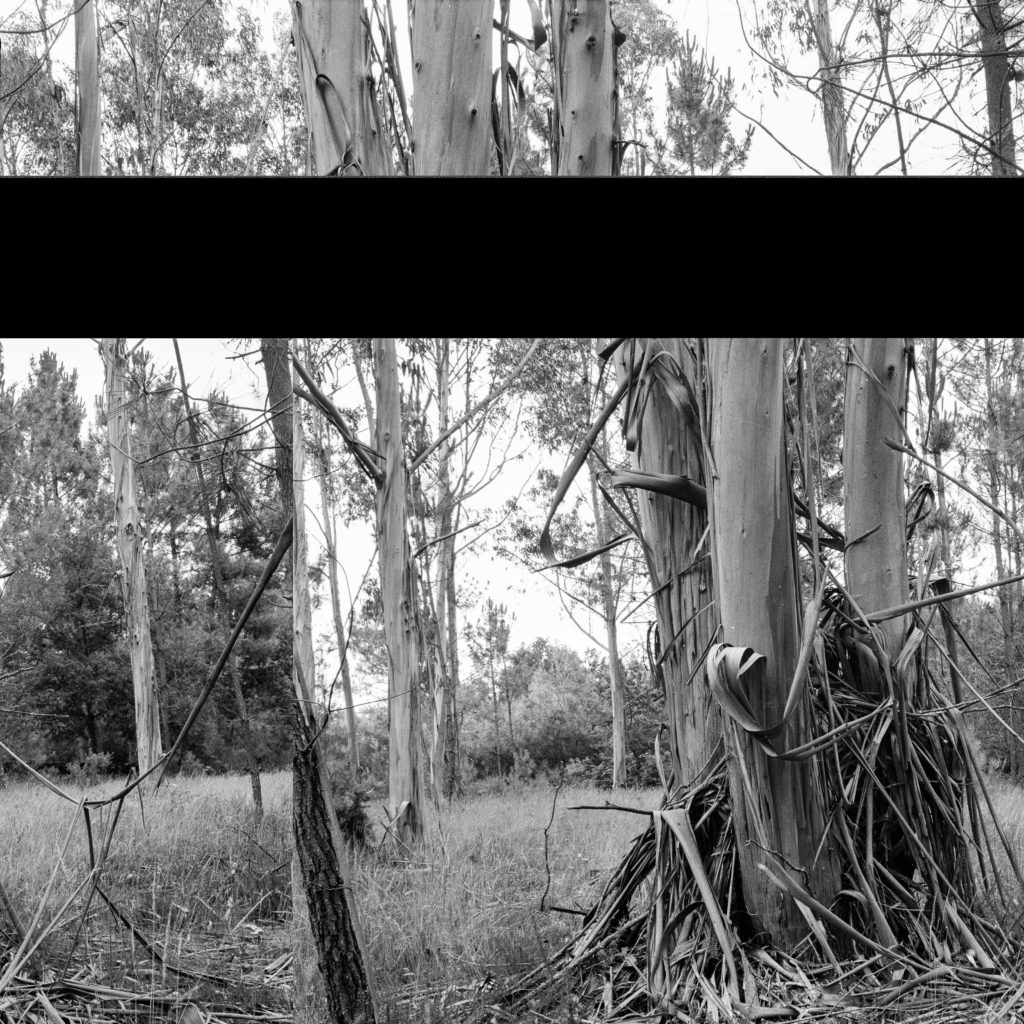















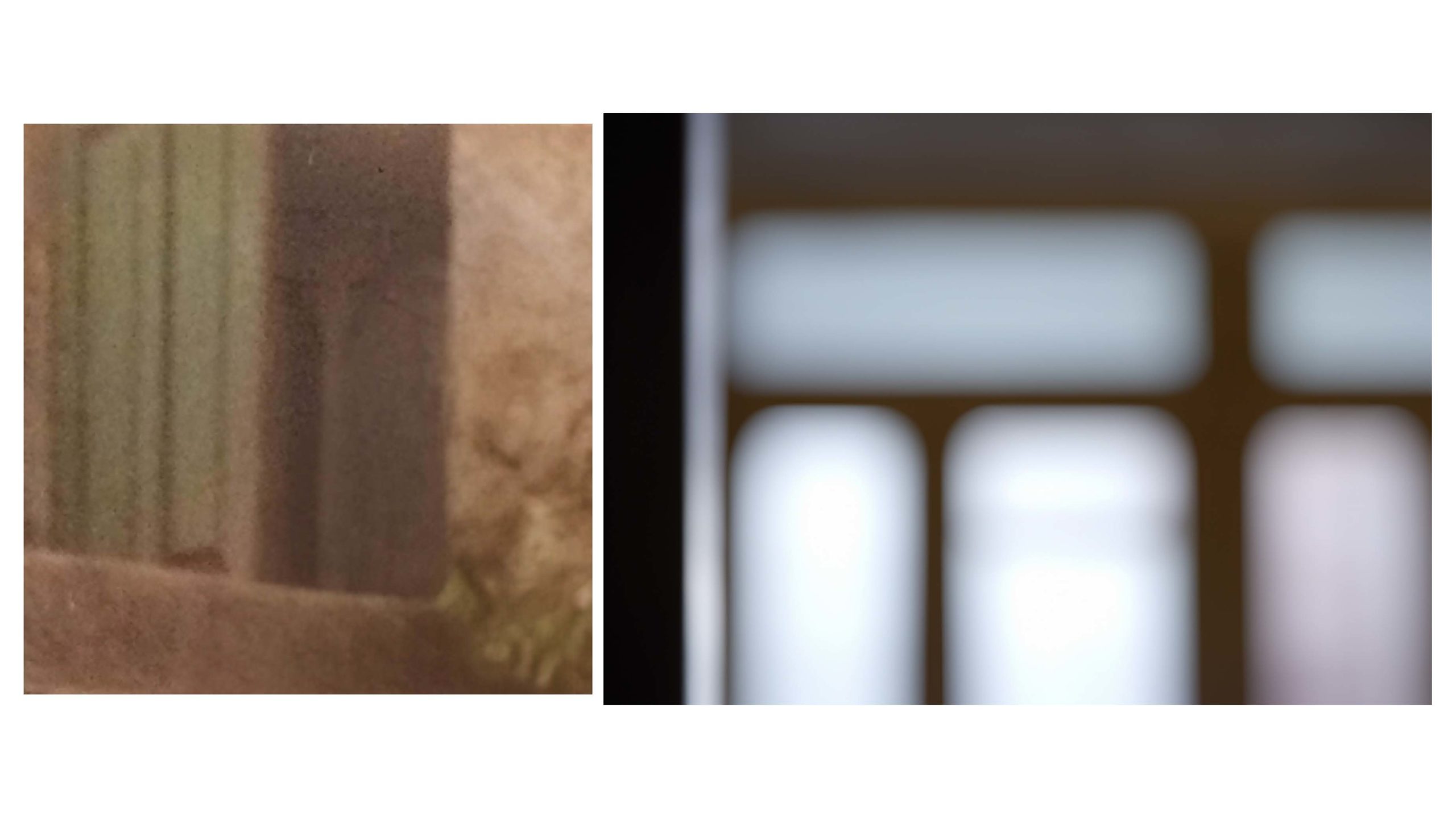






















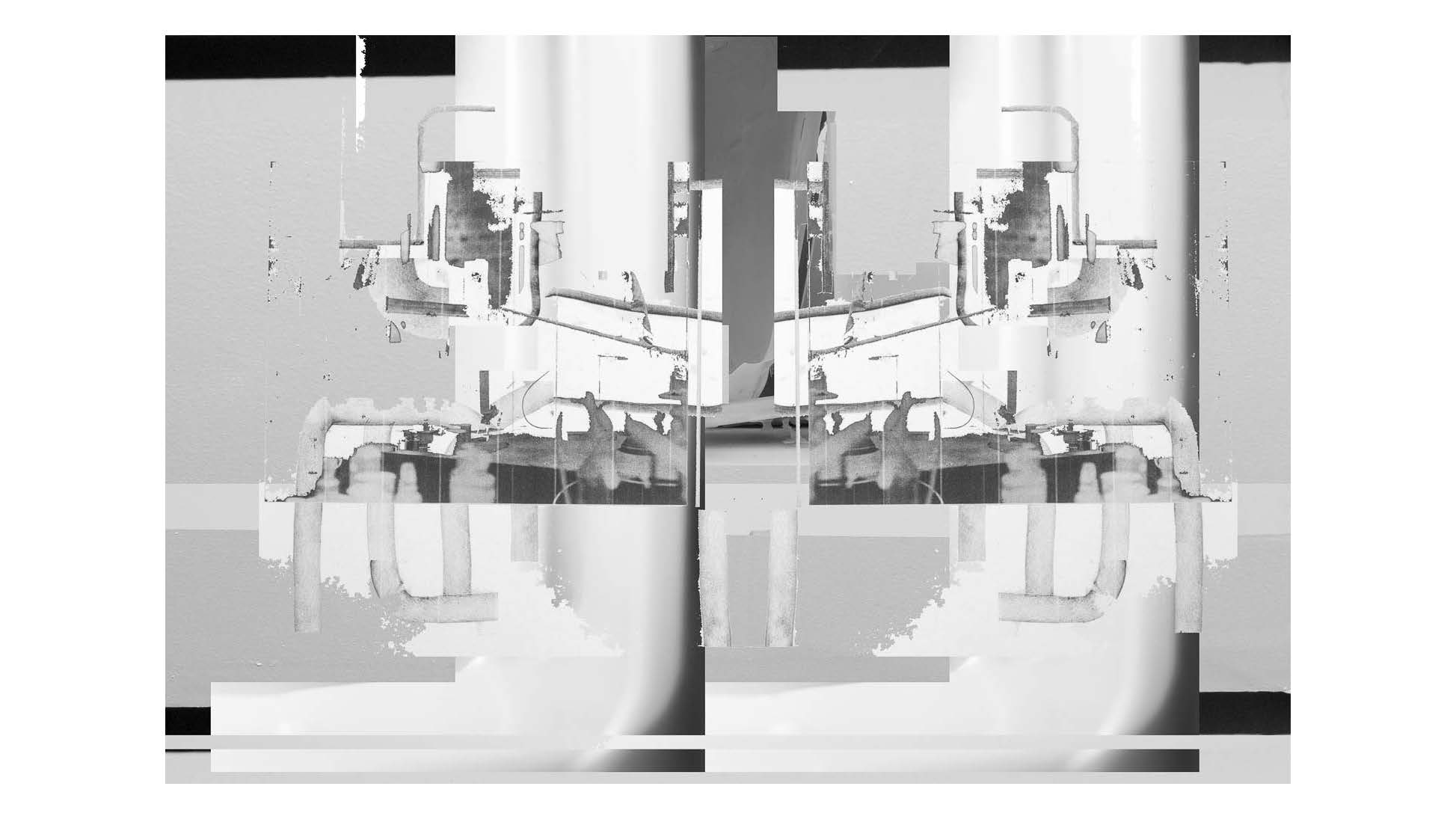



Above, Restoring Memory via Generative AI
AI generative technologies expand the capabilities of the photographic medium to produce images that resemble photographs while maintaining its credibility. Assumed perceptual attributes are confronted with new AI technologies increasingly integrated into all aspects of image-making, coexisting with established ways of seeing.
AI is not photography as such, but a generative procedure trained from repertoires of images, subjects, and ideas. Traditional photography limitations are related to camera technologies, camera position and frame selection, settings, recording materials, subjects, and photographers’ choices —including cameraless photography— in this regard, AI and traditional photography are similar, as the ultimate product is an image. Both rely on the capture and the interpretation of existing content. One could argue that both traditional photography and AI are based on repertoires of choices and subjects; AI brings a new dimension to photography by adding the capability of incorporating nonexistent elements from collective memories ab initio.
It is a new paradigm as it allows for incorporating elements into our work from collective memory, destabilizing the ontology of the image as we know it with all the disruptive possibilities that it instigates.
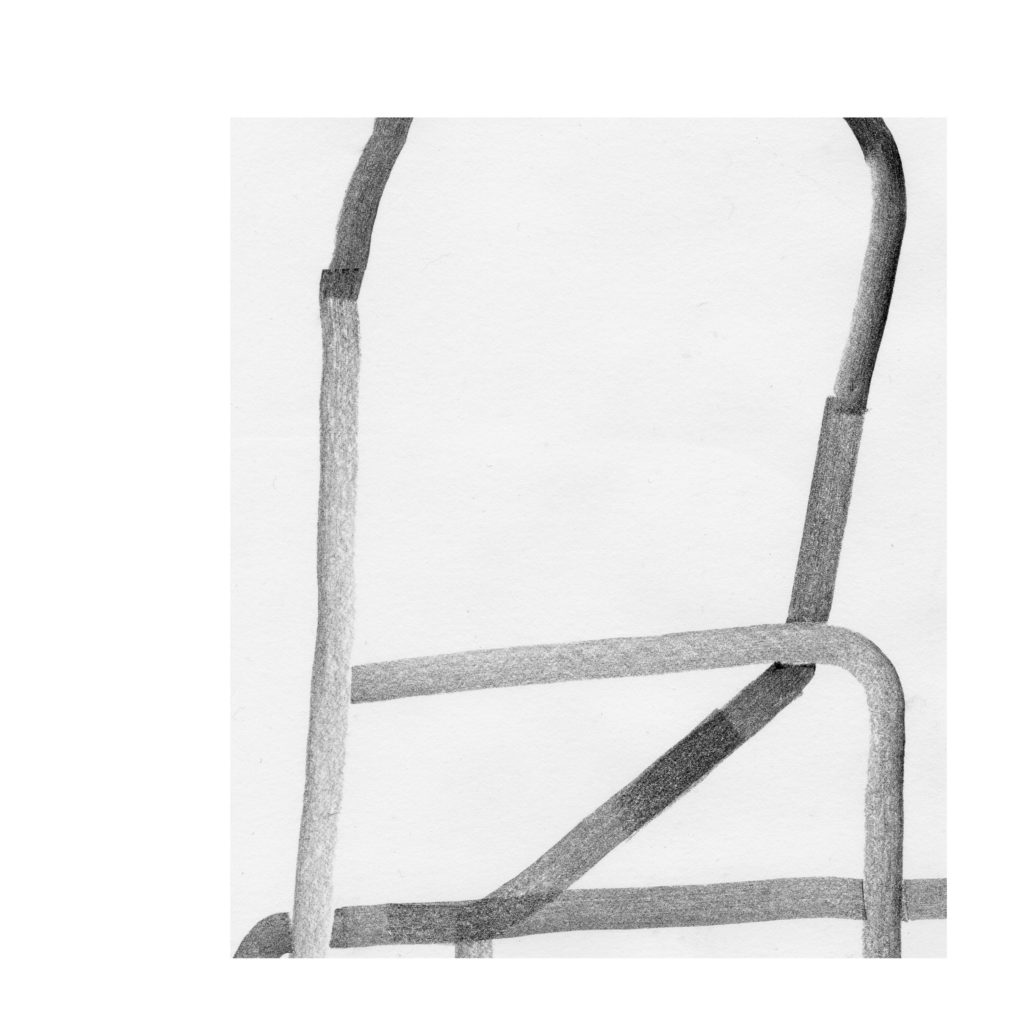


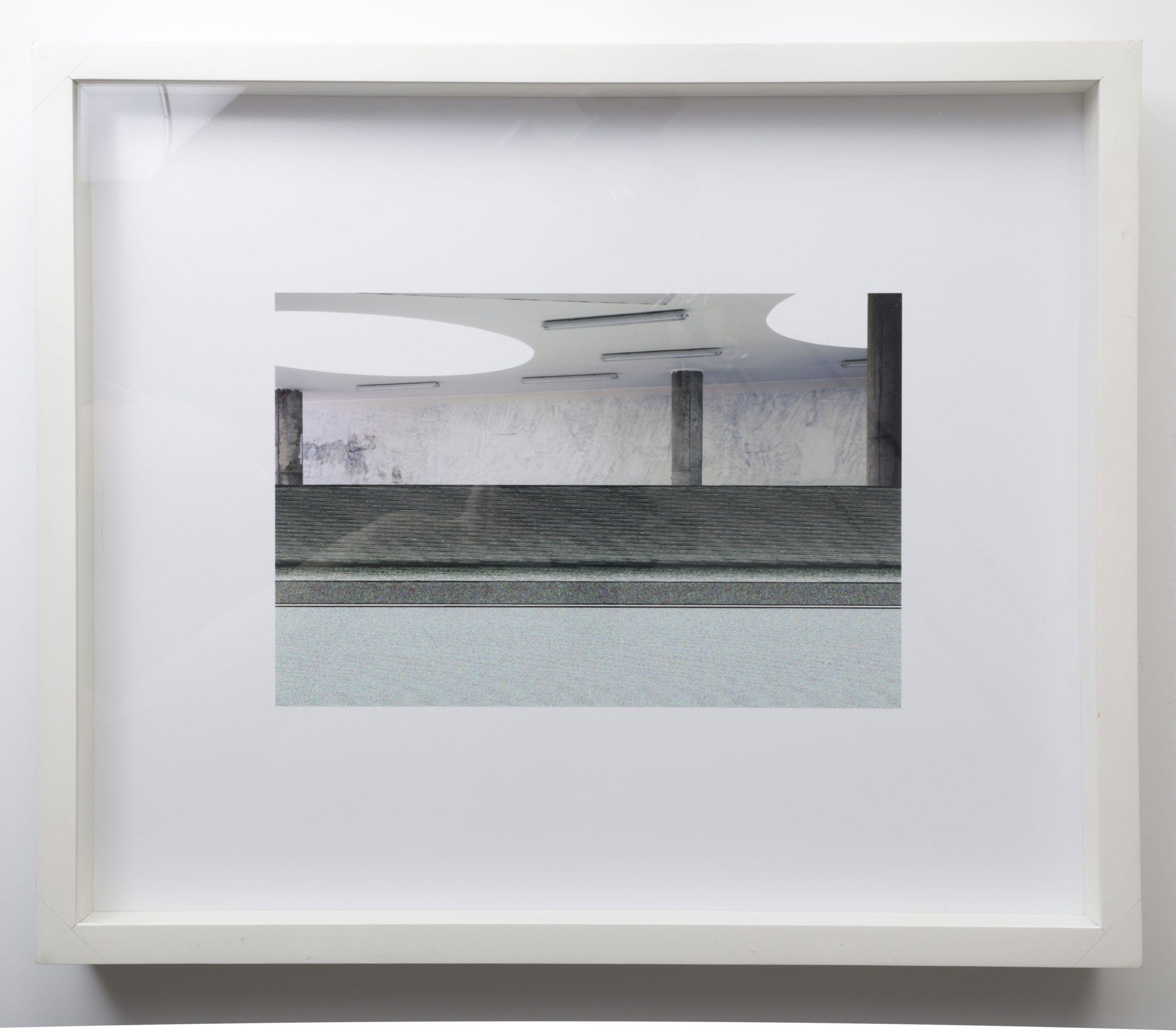
My work examines how current photographic technologies expand the medium capabilities to create doctored images while maintaining credibility. Assumed perceptive attributes are confronted by new technologies such as AI, increasingly embedded in every aspect of editing and printing technologies, interposing infographics and subtext that coexists with established ways of looking. Images are to be ubiquitous and quickly disseminated.
My academic research examines the institutional support of innovation. The process has informed my studio practice by allowing me to deliberately employ digital imaging to assimilate other media, developing a critique of current hybridization practices in contemporary art. In doing this, I explore aspects of art’s relative autonomy yet polymorphic nature.
Considering actor-network theory, e.g., Latour, and strategic-tactic theories, e.g., Certeau, along with other sources and other media developments concerning audience expectations, I examine how these shape and mediate collective experiences. I primarily work at the intersection of art, social science, and economics in the context of new media, studying contemporary art practices as intentional, thus far, heterogeneous, instrumental activities.
Ultimately, I’m researching the increasing support of revisionist, disruptive practices by institutions as part of developing new schemes and ever-evolving cultural strategies that seek to retool traditional activist/countercultural practices as a repository of institutional tropes.










Above, L to R
Untitled 2022 mixed media & chromogenic print 5 ¼ x 11 1/8 in
Untitled 2022 mixed media & chromogenic print 11 x 9.5 in
Untitled 2022 mixed media & chromogenic print 11.5 x 14 in
Untitled 2022 mixed media & chromogenic print 14 x 8 1/4 in
Untitled 2022 mixed media & chromogenic print 11 x 17 in
Untitled 2022 mixed media & chromogenic print 17 x 11 in
Untitled 2022 mixed media & chromogenic print 17 x 11 in
















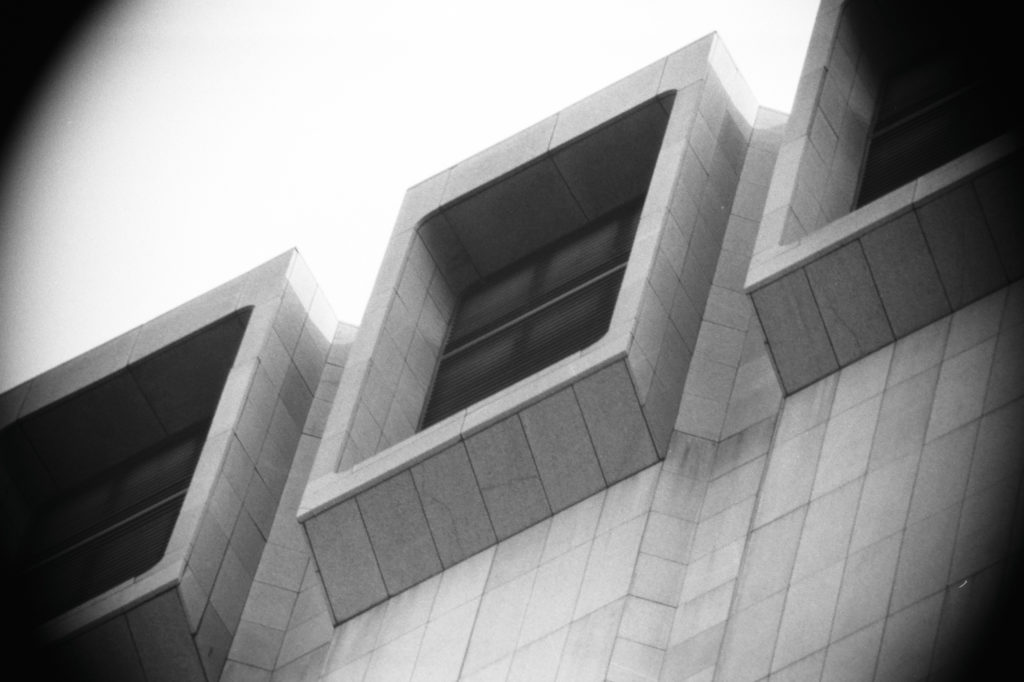































Above, L to R
Untitled 2021 Chromogenic print 13.287 x 20 in 33.75 x 50. 8 cm Edition of 3 plus 2 AP
Untitled 2021 Chromogenic print 13.287 x 20 in 33.75 x 50. 8 cm Edition of 3 plus 2 AP
Untitled 2021 Chromogenic print 13.287 x 20 in 33.75 x 50. 8 cm Edition of 3 plus 2 AP
Untitled 2021 Chromogenic print 13.287 x 20 in 33.75 x 50. 8 cm Edition of 3 plus 2 AP


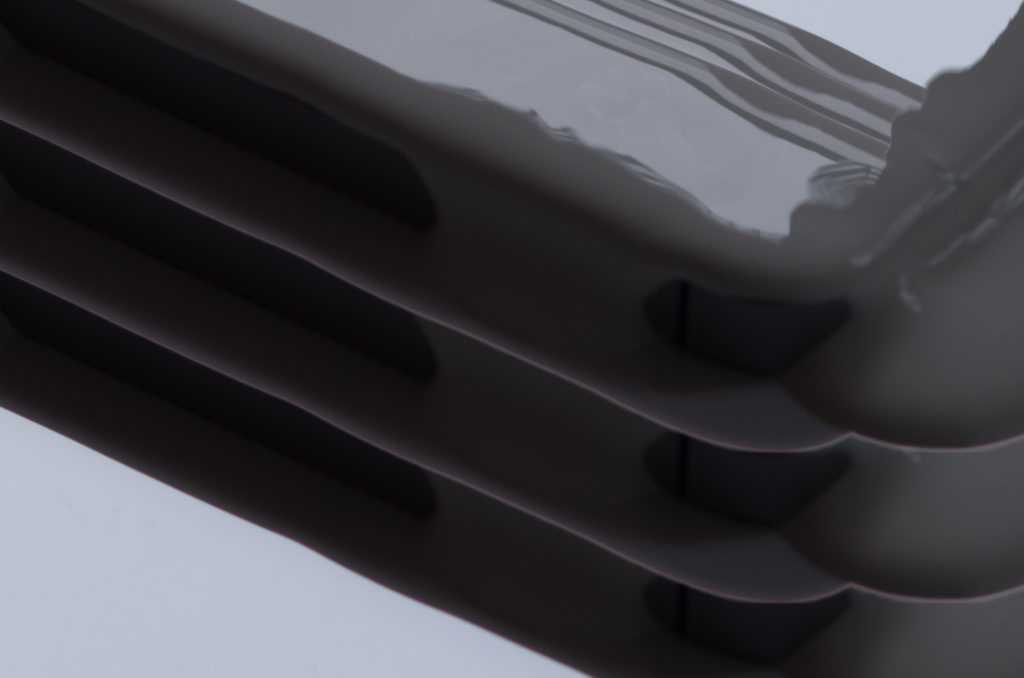


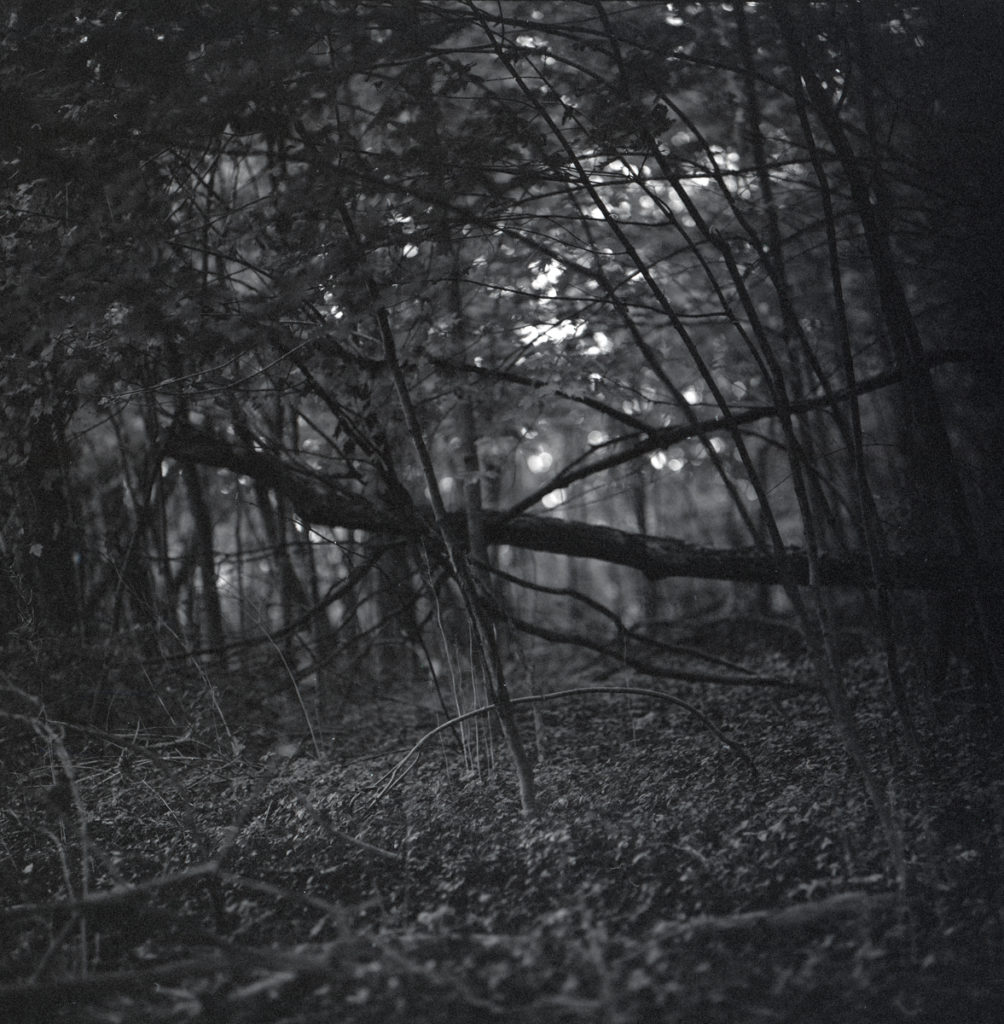




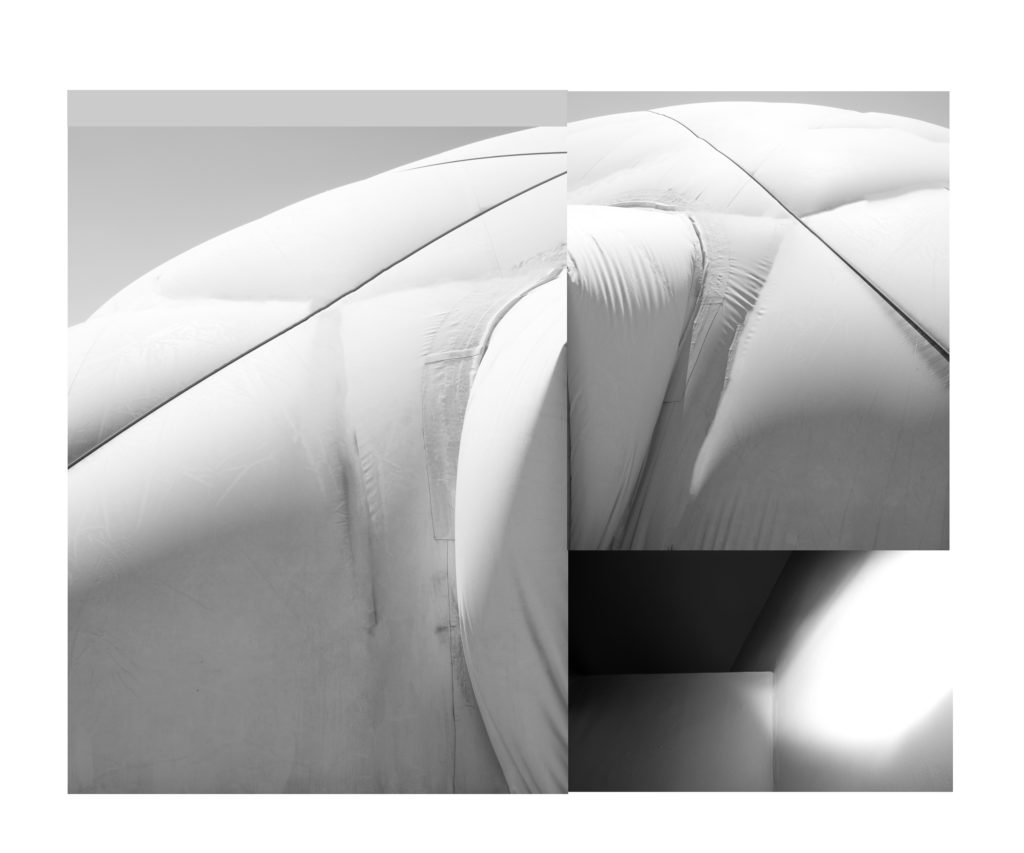



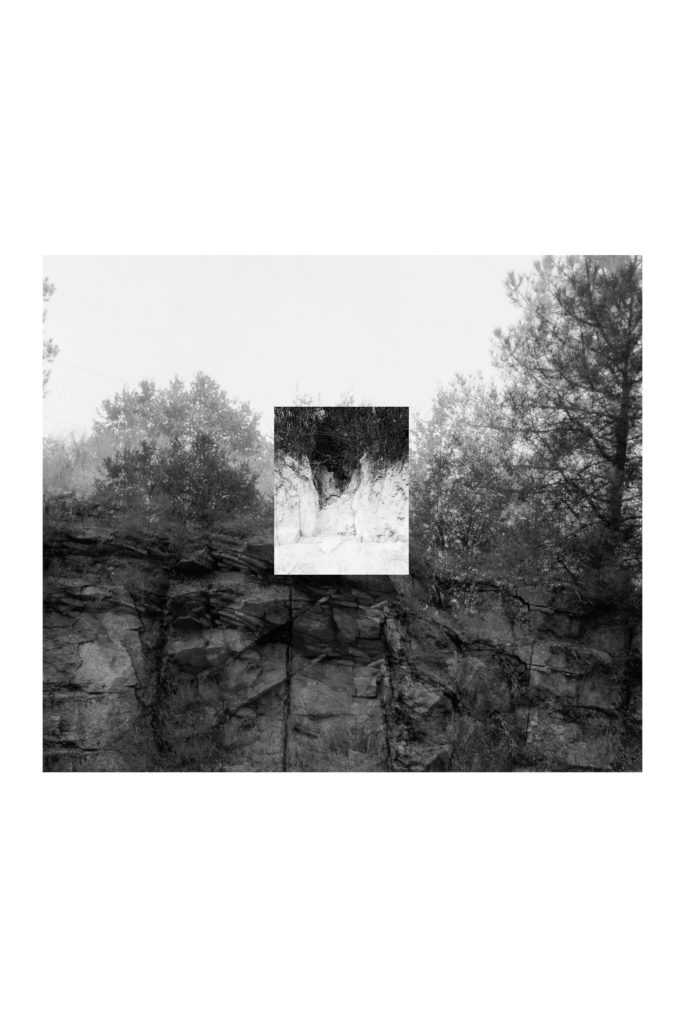







Above, L to R
Untitled 2021 Chromogenic Print 10.347 in x 15.573 in 26.28 x 39.56 cm (detail)
Untitled 2021 Chromogenic Print 10.347 in x 15.573 in 26.28 x 39.56 cm (detail)
Untitled 2021 Chromogenic Print 10.347 in x 15.573 in 26.28 x 39.56 cm (detail)






Above, L to R
Untitled 2021 Chromogenic print 6.25 x 8.333 in
Untitled 2021 Chromogenic print 18.107 x 22.777 in
Untitled 2021 Chromogenic print 5.333 x 6.71 in
Untitled 2021 Chromogenic print 6.667 x 10.027 in
Untitled 2021 Chromogenic print 9.17 x 16.007 in
Untitled 2021 Chromogenic print 10.88 x 16.427 in
Untitled 2021 Chromogenic print 16.427 x 10.88 in

Above,
Untitled 2022 Chromogenic print 10.88 x 16. 427 in 27.64 x 41.72 cm